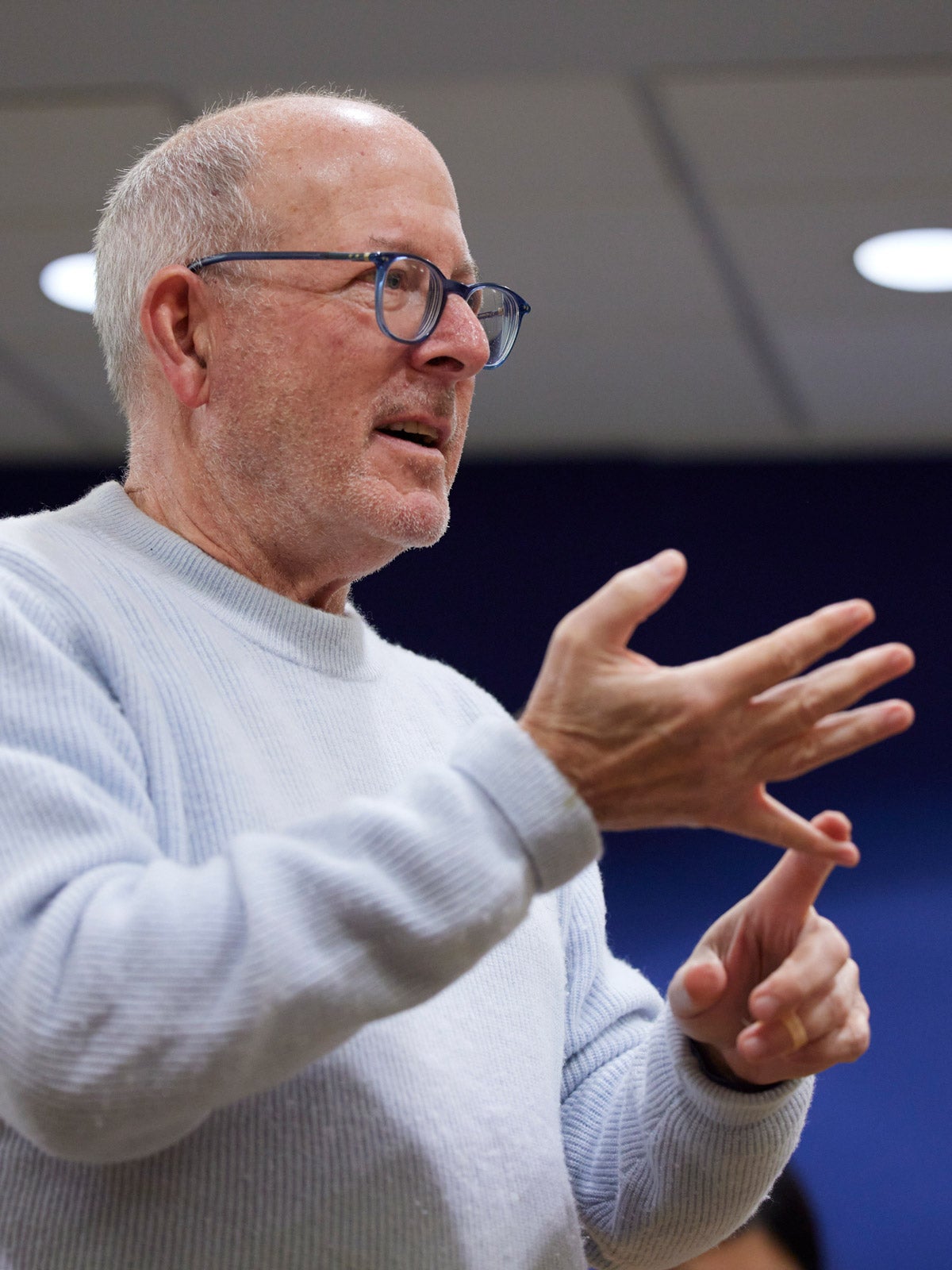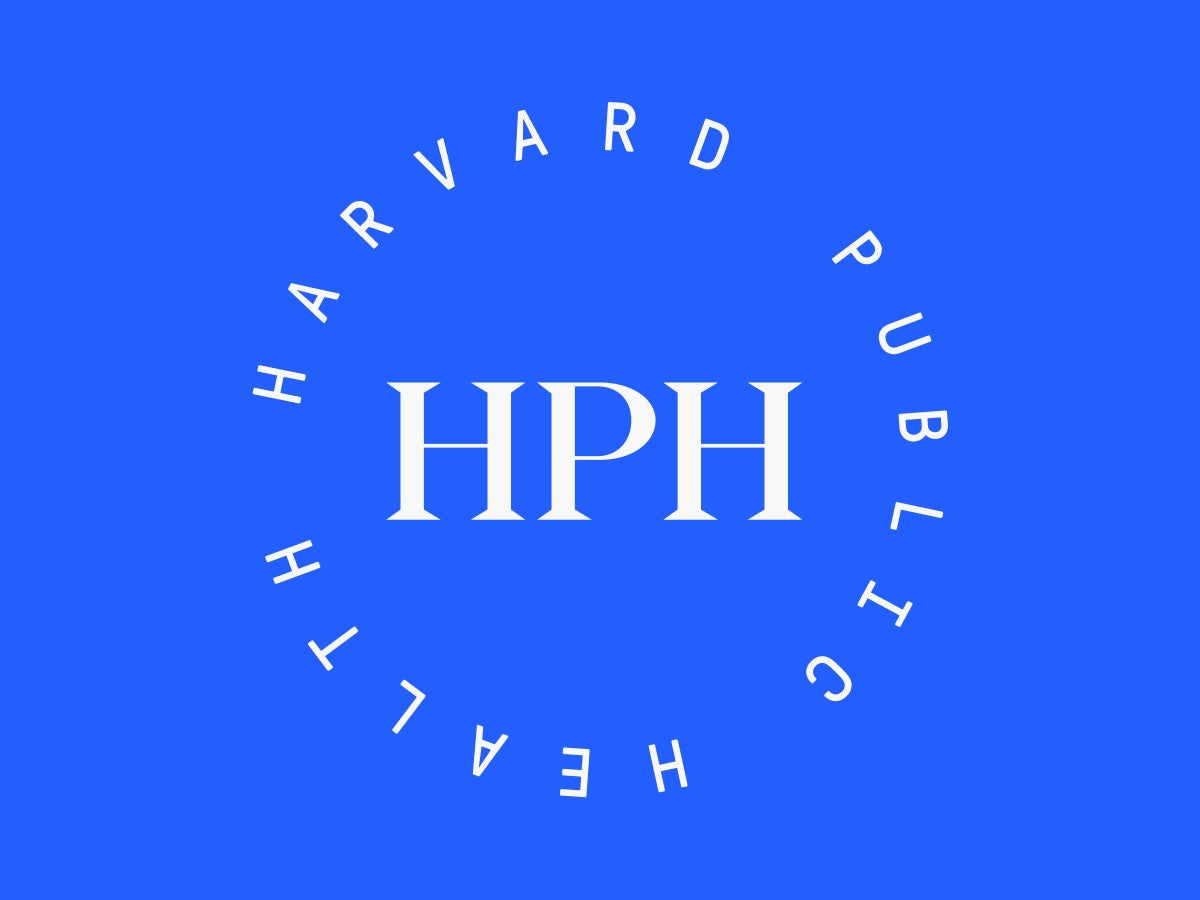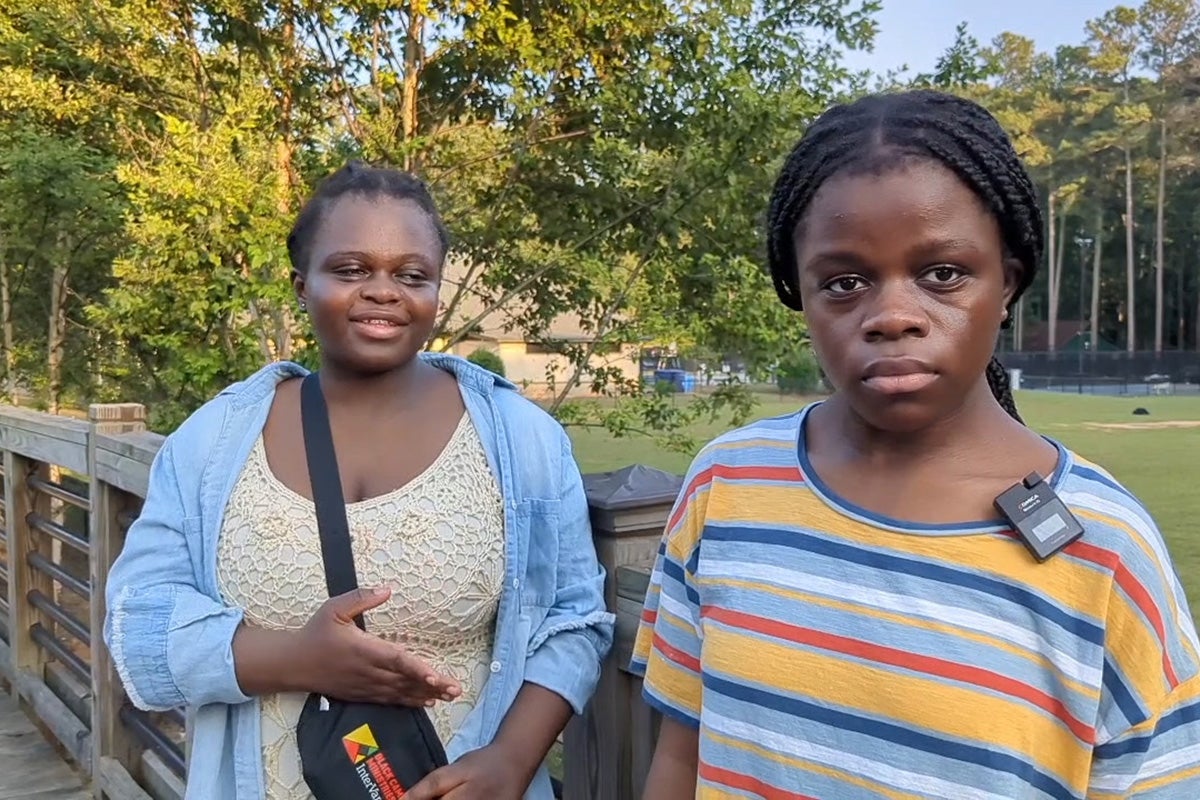
Opinion
Public health reformers need better communication tools
Great ideas for public health are just that—ideas. Most go nowhere. What I’ve seen spark national and even international success is a well-conceived communication strategy—and the tactical implementation to make it happen. Yes, this kind of work is what I do for a living. But smart communication planning and execution is a skill that people can develop. It helps create support, momentum, and dollars for better public health. Here are three of my favorite examples:
- Cash and Counseling started as a way to let low-income Arkansans living with physical and mental disabilities choose to hire family and friends as caregivers in place of state-appointed caretakers. The program had spectacular results: People who chose it were less likely to go to nursing homes, more satisfied with their care, and reported major gains in their overall satisfaction. Outreach to every important audience was baked in from the start to win support. Eventually, the program was adopted nationally and has made a measurable improvement in quality of life for millions of people in the U.S.
- Adam Zimmerman, a former colleague who became a citizen activist in Montgomery County, Maryland, set out to protect his children from secondhand smoke. His work over a few years mobilized a coalition and led to legislation banning smoking in city parks and restaurants. His most effective tool was not the research papers he assembled, but a Washington Post op-ed, “Keep your secondhand smoke off my nachos, please.”
- Just a few months ago, representatives from 180 countries agreed to rules regarding corporate behavior, as part of a continuing campaign to raise the voices of Indigenous people. The new accord requires companies making products based on digitized genetic information, often gleaned from the traditional knowledge of Indigenous people, to pay into a fund for their communities, which protect some of the world’s most biodiverse areas.
These initiatives have all been hailed for their inventiveness and impact, but in each case, I know that strategic communication was a critical component in turning untested ideas into forces for real change.
The strategy has five steps:
- Identify your audience(s), especially the people who are best positioned to make change happen, as well as the people who influence them.
- Create a message to motivate these people. Avoid the jargon advocates tend to use, and write for the people you want to influence. Meet people where they are. Messaging was key for the three campaigns above. Each of them knew the problem and why it needed solving now, had a proposed solution, and gave a call to action. Those messages were tested with relevant audiences.
- Pick your messenger. When the message is ready, you need to find your messengers. Always include voices from the community (see below). Make sure you have an academic subject-matter expert. And seek out someone unexpected. When conservative Arkansas Governor Mike Huckabee championed Cash and Counseling and went on national TV to advocate for a social program for low-income people, it got people’s attention because he was a counterintuitive messenger.
- Give voice to the community. Community voices make such essential messengers that they need to be their own step in the process. That’s because the people with the lived experience are the best truth-tellers and storytellers. They have the greatest stake in the outcome, whether they’re Indigenous people living in the Amazon or someone with a disability dissatisfied with the status quo. They will be the most authentic messengers for the story.
- Tell your story. Your message tells people what you want. You need stories to show why it matters. Build your message around facts, of course, then wrap it in powerful stories to move people to do something different. As storytelling savant Andy Goodman has said, all success stories can credit a four-letter word called “FEEL.”
Putting the model to work
Once you have a strategy and stories to express it, it’s time to get tactical. Policy audiences won’t read lengthy journal articles, so your research content needs to be translated into engaging visual formats with a clear bottom line.
Media coverage validates the quest for reforms, whether it’s in The New York Times or The Somerville Times, on social media, a podcast, or an influencer’s account. These platforms enable us to amplify the news to share with our targeted audiences. If we can’t attract media interest, we can’t claim that our research or big idea has traction beyond our own personal megaphones. Media is the public validator.
Once we receive media coverage, we are positioned to advocate. Most of the time, advocacy helps drive a changed public dialogue and even specific policies. This was certainly the case with Zimmerman’s anti-tobacco crusade, the changed regulatory guidelines for Cash and Counseling, and the global biodiversity accord. Each largely owes its victory to thoughtful communication strategies and their tactical implementation.
Today’s misinformation miasma means we can’t guarantee results, even with strong evidence and data as our foundation. Still, the campaigns I mentioned at the start of this piece are just some of the many that have worked. I’ve used this strategy to mitigate dangerous adolescent behaviors, spark an emerging national movement to consider gun violence as a public health epidemic, and gain support for introducing a malaria vaccine in Africa.
Public health reformers need better communication tools, and this strategy should be a critical one. Getting this right is not an easy lift. It involves discipline and creativity. But, used wisely, it can be the difference between ideas that become shelfware and those that change people’s lives for the better.
Image: Kent Dayton



